I am fitting a model in R by passing an SSasymp function to nls():
fit <- nls(y ~ SSasymp(log10(x), yf, y0, log_alpha), data = df)
I would like to find the intersection of this curve with the line y = 0.1. I.e., where these two functions meet:
However, when I run:
xVal <- predict(fit,list(y = 0.1))
Instead of a single x-value, I get a vector of 56 values, as well as values for yf, y0, and log_alpha:
> str(xVal)
num [1:56] 0.609 0.585 0.538 0.509 0.494 ...
- attr(*, "gradient")= num [1:56, 1:3] 0.108 0.14 0.204 0.244 0.265 ...
..- attr(*, "dimnames")=List of 2
.. ..$ : NULL
.. ..$ : chr [1:3] "yf" "y0" "log_alpha"
I can get the estimates for the model parameters:
> summary(fit)
Formula: y ~ SSasymp(log10(x), yf, y0, log_alpha)
Parameters:
Estimate Std. Error t value Pr(>|t|)
yf -0.04421 0.01398 -3.164 0.00258 **
y0 0.68735 0.01175 58.519 < 2e-16 ***
log_alpha -1.80647 0.05352 -33.753 < 2e-16 ***
---
Signif. codes: 0 ‘***’ 0.001 ‘**’ 0.01 ‘*’ 0.05 ‘.’ 0.1 ‘ ’ 1
And can plug these in, after solving for x by hand:
x = ((Asym - R0)/(Asym - 0.1))^(exp(-lrc)*log(10))
But I'm wondering if there is a way to use predict(), or a similar function, to remove the need for all this algebra!
